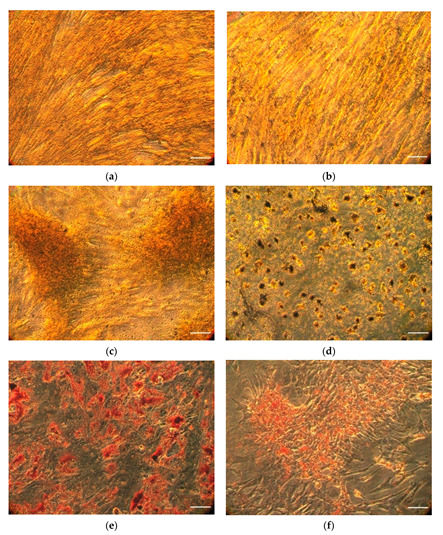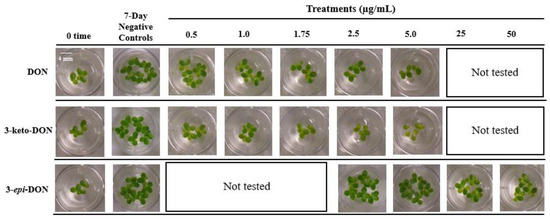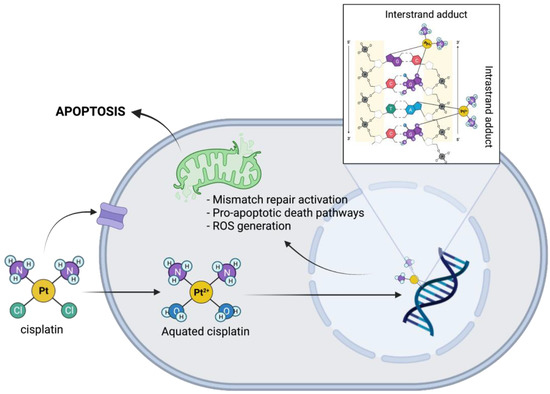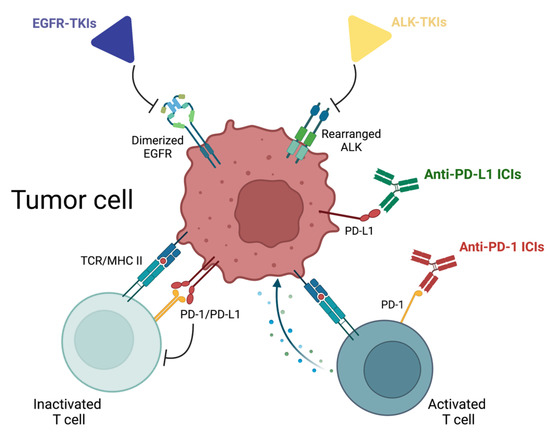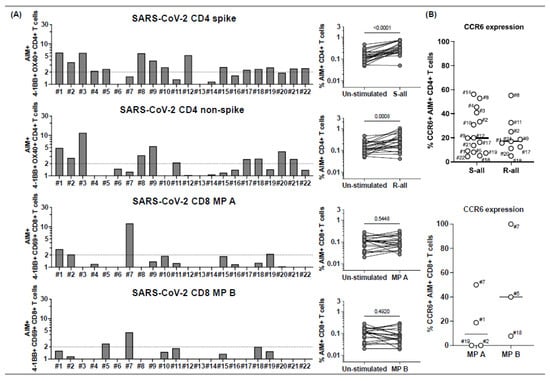Int. J. Mol. Sci. 2022, 23(13), 7233; https://doi.org/10.3390/ijms23137233 - 29 Jun 2022
Cited by 3 | Viewed by 2322
Abstract
The aim of this research was to determine the impact of heat stress on cell differentiation in an equine mesenchymal stem cell model (EMSC) through the application of heat stress to primary EMSCs as they progressed through the cell specialization process. A proteomic
[...] Read more.
The aim of this research was to determine the impact of heat stress on cell differentiation in an equine mesenchymal stem cell model (EMSC) through the application of heat stress to primary EMSCs as they progressed through the cell specialization process. A proteomic analysis was performed using mass spectrometry to compare relative protein abundances among the proteomes of three cell types: progenitor EMSCs and differentiated osteoblasts and adipocytes, maintained at 37 °C and 42 °C during the process of cell differentiation. A cell-type and temperature-specific response to heat stress was observed, and many of the specific differentially expressed proteins were involved in cell-signaling pathways such as Notch and Wnt signaling, which are known to regulate cellular development. Furthermore, cytoskeletal proteins profilin, DSTN, SPECC1, and DAAM2 showed increased protein levels in osteoblasts differentiated at 42 °C as compared with 37 °C, and these cells, while they appeared to accumulate calcium, did not organize into a whorl agglomerate as is typically seen at physiological temperatures. This altered proteome composition observed suggests that heat stress could have long-term impacts on cellular development. We propose that this in vitro stem cell culture model of cell differentiation is useful for investigating molecular mechanisms that impact cell development in response to stressors.
Full article
(This article belongs to the Special Issue Proteomics and Its Applications in Disease)
►
Show Figures
